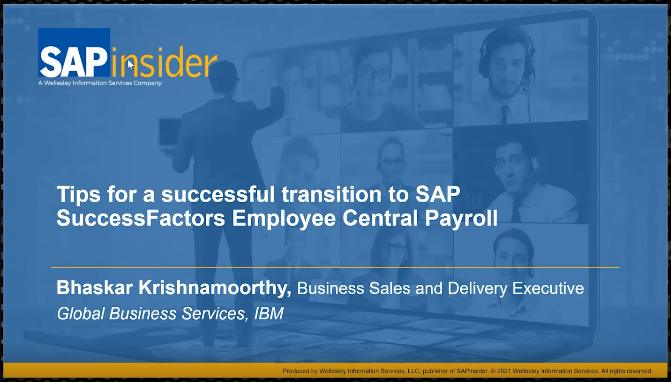Build and Implement a Rock-Solid Compliance Framework for Your IFRS Conversion Project
Meet the Experts
Many countries already operate under International Financial Reporting Standards (IFRS), while the US, among other countries, may be joining the fray. To simplify the conversion from your local reporting standard to IFRS and better manage the associated compliance risk, organizations must adopt strategies and best practices based on a proven compliance framework. Key Concept A…






